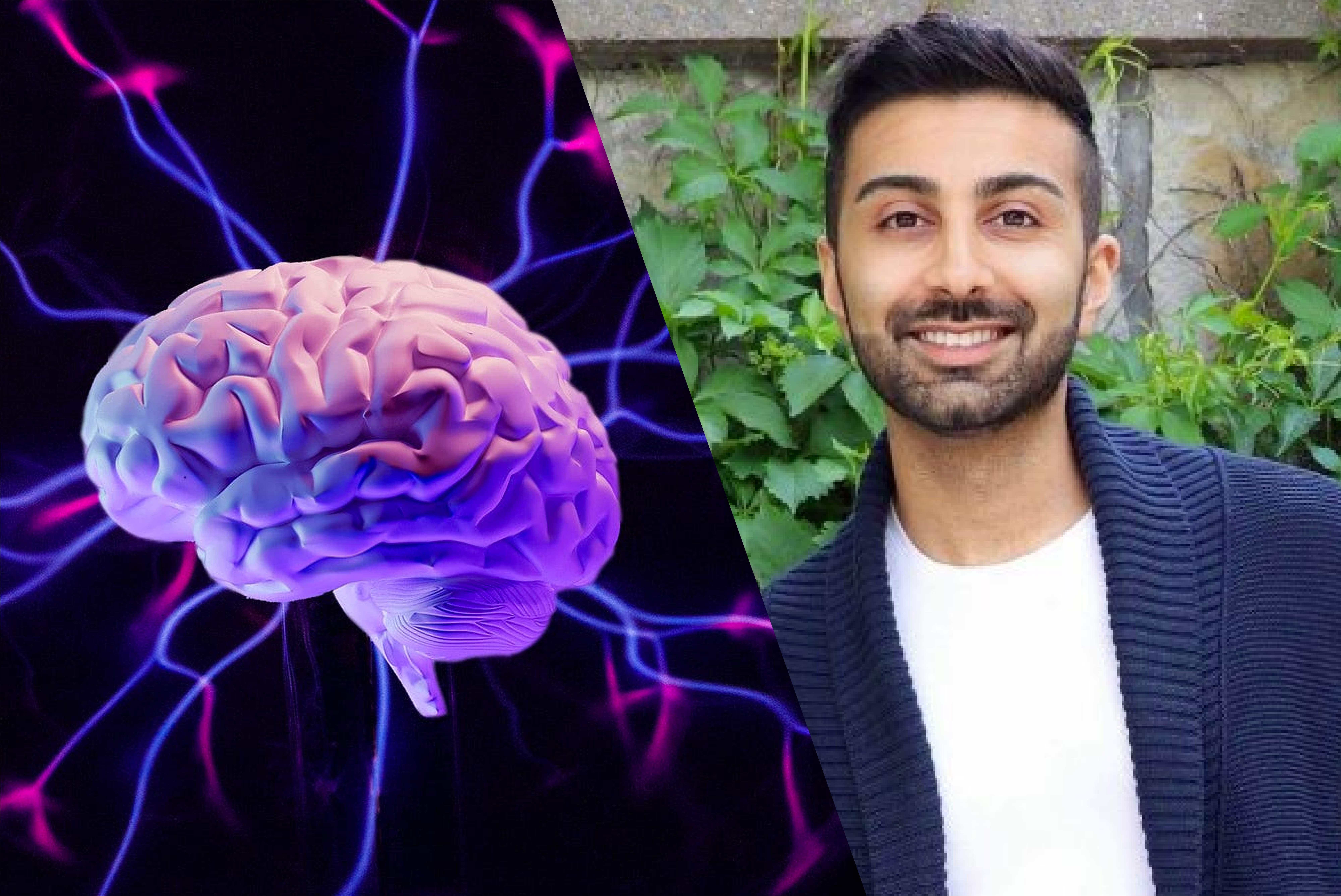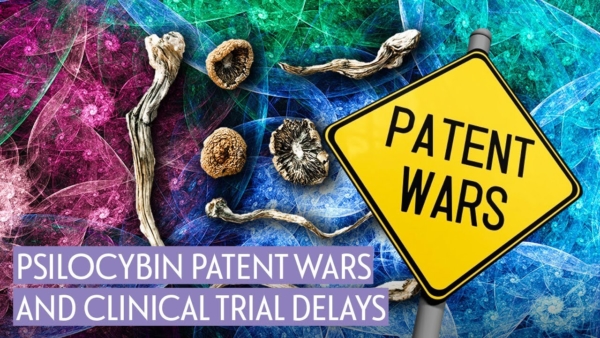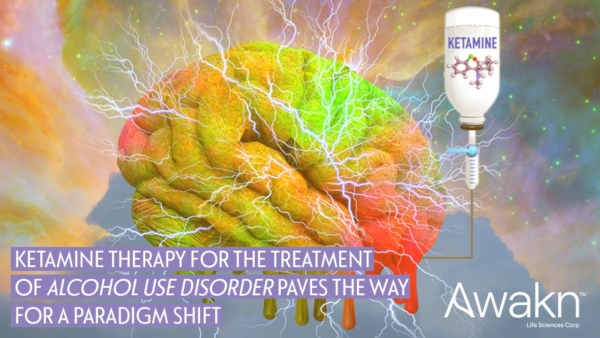
Psychedelic neuroscientist Manesh Girn talks about his research into neuroimaging of the brain while subjected to psychedelic states and more.

Psychedelic neuroscientist Manesh Girn talks about his research into neuroimaging of the brain while subjected to psychedelic states and more.

In our conversation, Sa’ad gives us an overview of how his interest in philosophy led to his involvement with plant medicine, how the psychedelic industry is currently misunderstood and under appreciated, Noetic’s portfolio selection process, and more!
![MindMed Raises $19.5 Million // What Does This Mean for MMEDF/MMED? [Plus Upcoming Market CRASH?]](https://psychedelicspotlight.com/wp-content/uploads/2022/06/maxresdefault-48-600x338.jpeg)
Hey guys! Today’s episode is more of a fast rant on the recent press release about MindMed raising ANOTHER $19.5M from Canaccord Genuity Corp, on a deal that is set to close tomorrow, March 9th.
Here, I’m discussing:
1. The number MindMed shares being sold and their respective price;
2.Why is MindMed doing this?
3. Potential short term and long term effects on MMED’s stock price
4. Nasdaq uplisting?
5. Market crash thoughts
I hope you guys found some value in this and I’ll keep you posted for more changes!
Remember to Like, Subscribe, and SMASH that notifications bell to keep up to date on all the latest Psychedelic Stocks news!
Follow us on social media! 🙌
Instagram: @psychedelicinvestor
Facebook: @thepsychedelicinvestor
Music: www.bensound.com
DISCLAIMER: I am not a financial adviser nor a CPA. These videos are for educational and entertainment purposes only. Investing of any kind involves risk. While it is possible to minimize risk, your investments are solely your responsibility. It is imperative that you conduct your own research. I am merely sharing my opinion with no guarantee of gains or losses on investments.
#MindMed #MindmedStock #MMEDNews

MindMed’s Project Lucy is Delayed and Compass Pathways Has a…

Is ketamine therapy an effective treatment for alcohol use disorder?…

Will MindMed get uplisted on the NASDAQ and what will happen to its stock price if the company is accepted? These are all questions we’ve been wondering 😱.
The requirements to join NASDAQ have been less than clear for investors. It has been more than six weeks since MindMed (MMED) applied for an uplisting on NASDAQ and retail investors have been waiting for news while MindMed’s stock price has been reaching all times highs🔥. In this video, we’ll discuss what the actual requirements are, what will happen to MMED’s stock price if the company gets uplisted, and whether retail investors should be influenced by the news ( good or bad).
Hope you guys enjoy this video!
Follow us on social media!
Instagram: @psychedelicinvestor
Facebook: @thepsychedelicinvestor
Music: www.bensound.com
DISCLAIMER: I am not a financial adviser nor a CPA. These videos are for educational and entertainment purposes only. Investing of any kind involves risk. While it is possible to minimize risk, your investments are solely your responsibility. It is imperative that you conduct your own research. I am merely sharing my opinion with no guarantee of gains or losses on investments.
#MindMed #mmed #mindmedstock
Resources: https://www.thestreet.com/investing/nasdaq-listing-requirements-15092402?fbclid=IwAR09DXpV8nLoMgXrJ7Ru1A8GHk53BHQBakLFI1xnHLw-ZDzY7nZjp88D0CU

In today’s episode of PsycBiz, James —the Psychedelic Investor— sits…
By signing up to the Psychedelic Spotlight newsletter you agree to receive electronic communications from Psychedelic Spotlight that may sometimes include advertisements or sponsored content.